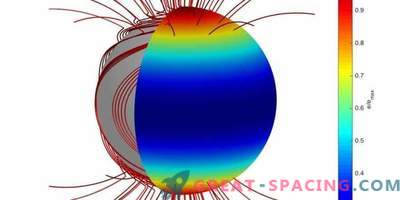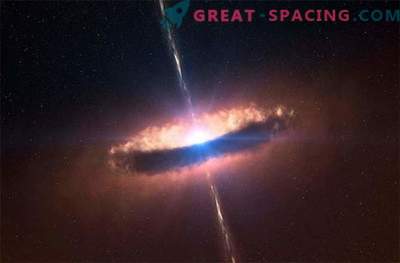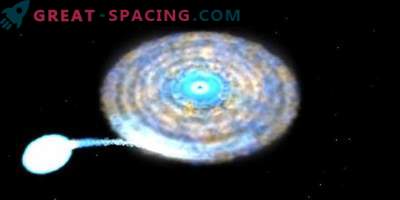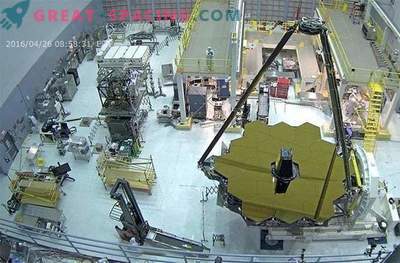
European scientists analyzed the Przybylsky star (HD 101065) and found that almost 200 years are spent on one axial rotation. The object is distant from us at 370 light years. This is an Ap-type fast oscillating star in the constellation Centaurus. It attracts attention due to its exotic chemical composition.
Many of the properties of HD 101065 have been identified in previous studies, but the rotation period remains a mystery. It is known that objects of type Ap are capable of rotating from noon to 300 years. The last analysis focused on the pulsation variability of the star and was based on data from June 2015 to June 2017. For the review, a polarimeter HARPSpol was used with a 3.6-meter telescope in Chile.

LSD Stokes I (bottom), Stokes V (middle) and diagnostic zero (N) spectrum (top) obtained for HD 101065 over four nights in 2015-2017. Spectra are calculated using 8 different lists of lines indicated on each panel. It turns out that the HD 101065 takes about 188 years for one axial rotation. The calculation was performed by analyzing all available measurements of the longitudinal magnetic field and taking the dipole structure of the star's magnetic field. But the researchers stressed that these are preliminary estimates and will require additional reviews to confirm. The lower limit is based on a magnetic field and reaches 43 years.
Detection of a long period of rotation of HD 101065, together with previous detections in Ap objects, indicates that other non-found objects may exist. Further observation will provide more information about their formation and the causes of sluggishness. So far, it is assumed that the cause is magnetic braking, where most of the angular momentum is lost in the phase of the preliminary main sequence.











































